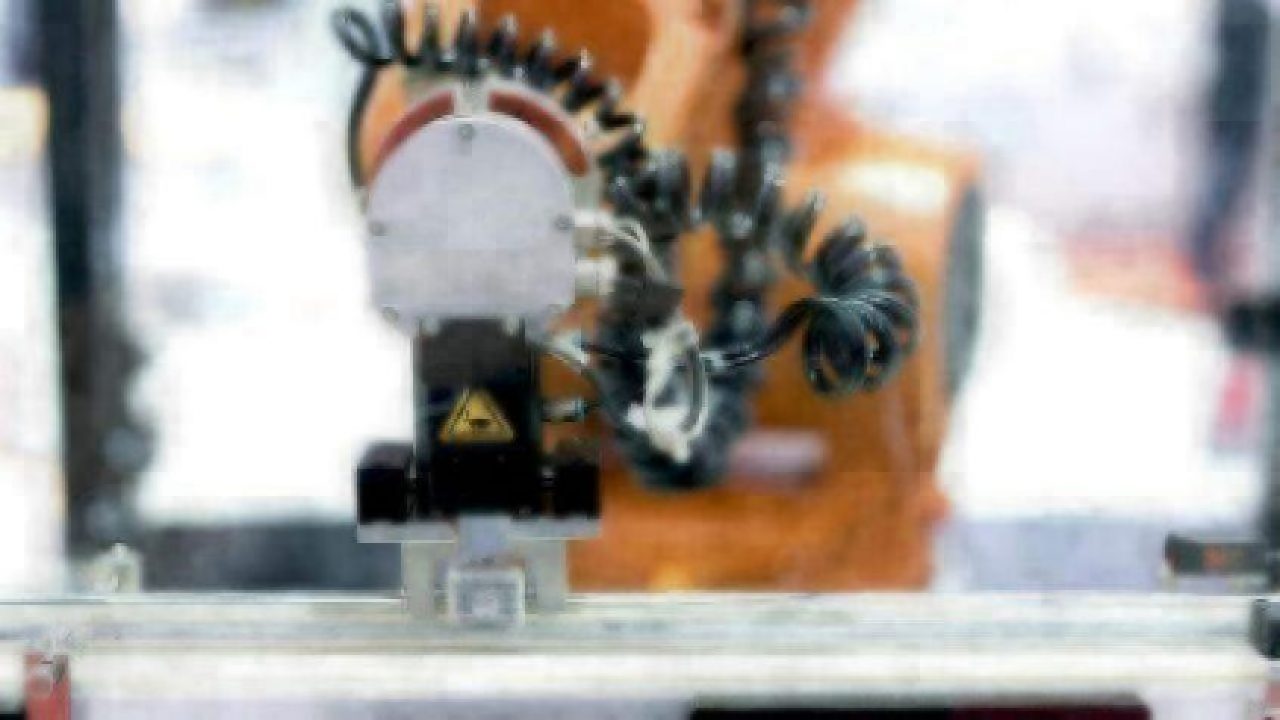A Look at the Current Philippine Electronics Manufacturing Landscape (Part 2)
Article By : Stephen Las Marias

Part 2 of a report looking at the Philippine electronics manufacturing landscape and the need for the Philippines to find its niche technologies to improve its position in the global supply chain.
Part 1 of this report looked at the challenges facing the semiconductor and electronics manufacturing industry in the Philippines due to a dependance on imported electronic parts, such as ICs and wafers. It also looked at the potential impact of a proposed regulatory change which could affect the competitiveness of locators in the Philippines. Below is part 2 of this report.
Recommended
A Look at the Current Philippine Electronics Manufacturing Landscape (Part 1)
**Finding Niche Technologies**
From an education perspective, the readiness of the engineering graduates also poses a challenge for the industry because at present, the curriculum does not necessarily match the needs of the industry, such as 8D Methodology, Statistical Process Control, and Root Cause Analysis, to name a few, according to Dr. Dan Lachica, president of SEIPI.

Dr. Dan Lachica,
President of SEIPI
SEIPI has been working with DTI and DOST to create solutions and identify specialized products through an electronics industry roadmap called Product and Technology Holistic Strategy (PATHS), according to Lachica.
SEIPI’s industry roadmap identifies niche products and technologies with the highest propensity for growth and potential to become a niche for the Philippines in the global market. “As you know, majority of our exports are components. Bringing in more electronic products will also bring in new technologies, thereby improving our position in the global supply chain,” says Lachica. The products and technologies are as follows: smart technologies (sensors, wearables, agriculture), collaborative robots, high density storage batteries, 3D printers, and autonomous vehicles.
“IC design is also seen as a niche for the Philippines, with young graduates from the electronics track that can be trained in chip design, layout and verification,” says Lachica.
The blueprint is expected to bring the semiconductor and electronics manufacturing sector annual investments of $1.5 billion by 2020, $3 billion by 2025, and $5 billion by 2030. By 2020, the industry is also expected to employ a total of 5.5 million directly and indirectly from the current estimate of 3.2 million.
To reduce the dependence of the industry on importation of electronics parts and materials, and to integrate the small and medium enterprises (SMEs) into the supply chain, SEIPI is promoting parts localization. One channel through which the association is carrying out its advocacies and special projects is through its networking committees, which serve to advance the various professions in major functional areas of the industry such as engineering, logistics, HR, finance, health and safety, among others.
In 2019, SEIPI has also engaged more of its affiliate members (universities) in order to address industry-academe linkage needs.
Growth Drivers
“We are efficiency-seeking exporters that depend on the global market,” says Lachica. As such, global demand affects the output that the industry generates, he adds.

Sherwin Nones,
Strategic Planning and
Marketing Head, IMI
One example is the transition from combustion engine vehicles to electric vehicles (EVs). “In Europe, more and more consumers are seeking to own electric vehicles, nearly putting combustion engine-driven vehicles out of the mainstream market. If the locator in the Philippines produces sensors and other components for automated driving, then business is good,” says Lachica. “Another example is the global slowdown in semiconductor components. When smartphone sales fell in the first half of 2019 because of the increasing unit cost and the short intervals between model upgrades, it affected the demand for components. But the Philippine semiconductor industry demonstrates resilience in this area, growing by 2.25% in exports amid flat growth globally.
Other trends impacting the electronics manufacturing industry include the massive digitization of devices, products, machines, and processes; the convergence of markets and the redefinition of ways of working, with sectors like mobility giving way to new sources of value; and the need to address scarcity of resources and climate change, which is driving the manufacturing industry to address lower carbon emissions, renewable energy, the use of recyclable and earth-friendly materials, and the need for sustainable business activities, according to Sherwin Nones, strategic planning and marketing head at IMI
“These are all affecting all types of products being manufactured as well as the processes being used, in light of new regulations and standards that governments around the world are implementing,” says Nones. “To become competitive, one should explore non-traditional partnerships, co-development, joint ventures, and other activities with suppliers, competitors, OEMs, and developers with local and foreign companies, universities, and start-ups. There is also a need to review the current business model, which may not be relevant anymore given the fast-paced lifecycles of technologies and products.”
Manufacturing Technology
When asked about the Philippines’ manufacturing technology, Lachica says it varies. “Some companies use high-level technology, while others use mid-level technology. It depends on how invested the company is in their operations in the Philippines, in the people that run them, and their long-term goals and planned product portfolio,” he says.
Nevertheless, the country is also looking at adopting Industry 4.0 technologies. “It is constantly said that the Philippines is still in the transitioning phase towards Industry 4.0, but actually, it is already beginning to grow. Currently, some of our member companies, such as Ionics EMS, have chosen to shift to automated machines or smart robots to increase efficiency and productivity.”
“This is one of our advocacies in SEIPI: to embrace Industry 4.0 in the Philippines. Enablers of Industry 4.0 must be able to tap the potential market among large-scale manufacturers,” says Lachica. SEIPI’s Philippine Semiconductor and Electronics Convention and Exhibition (PSECE), to be held on June 3–5, 2020, will bring together these enablers and members to realize the transition to digital transformation.
Outlook
Despite the flat growth in the global semiconductor market, and some concerns with fiscal instability, the country’s electronics exports is still registering a 2.25% growth year-to-date, according to Lachica. “Our projected growth by the end of 2019 is 3%,” he adds.
For 2020, Lachica notes that the investment climate will improve if the version of the CITIRA bill that passes addresses the concerns of MNCs and foreign direct investors.
Subscribe to Newsletter
Test Qr code text s ss


